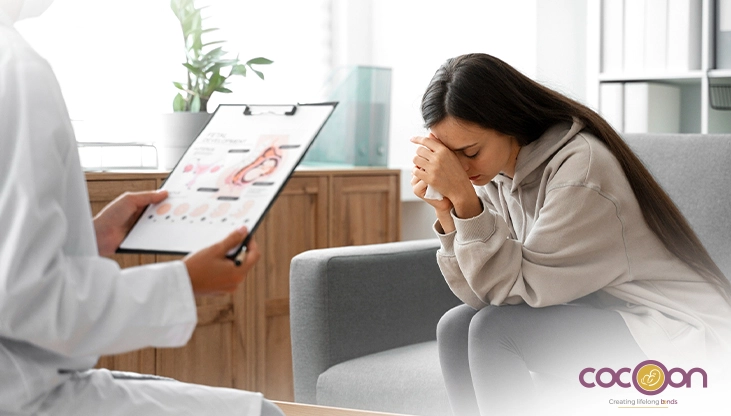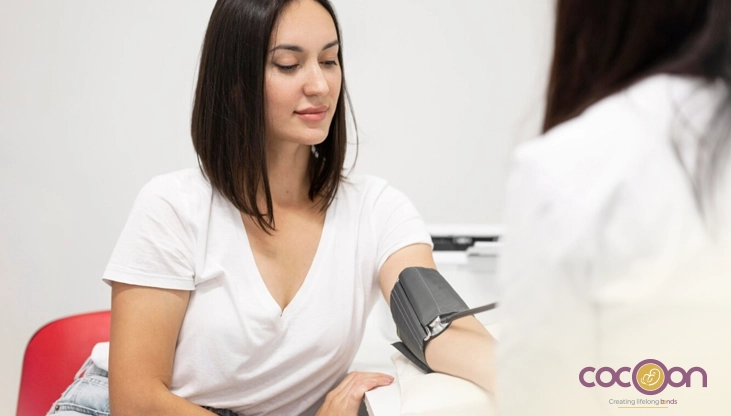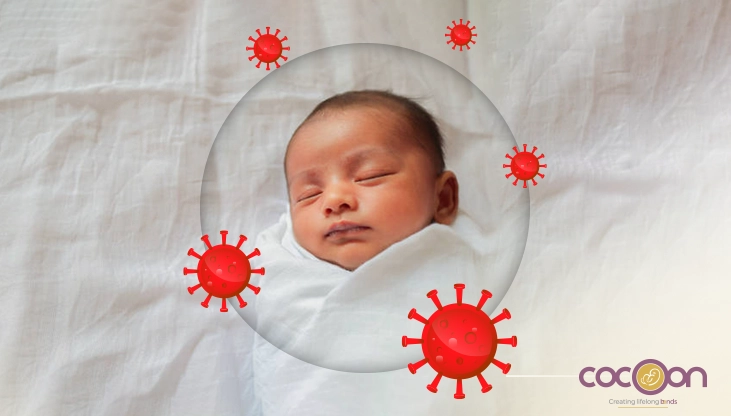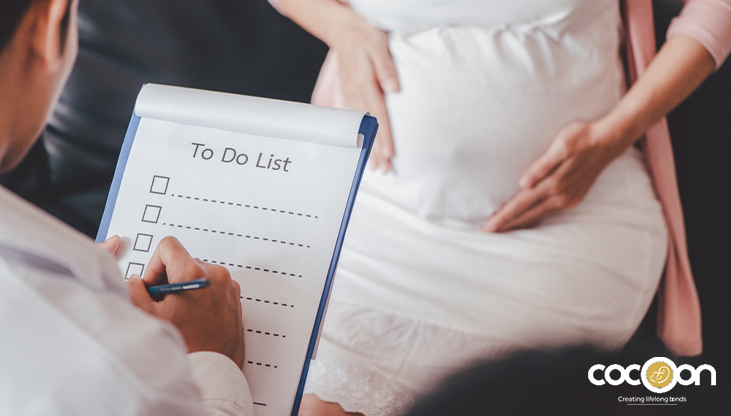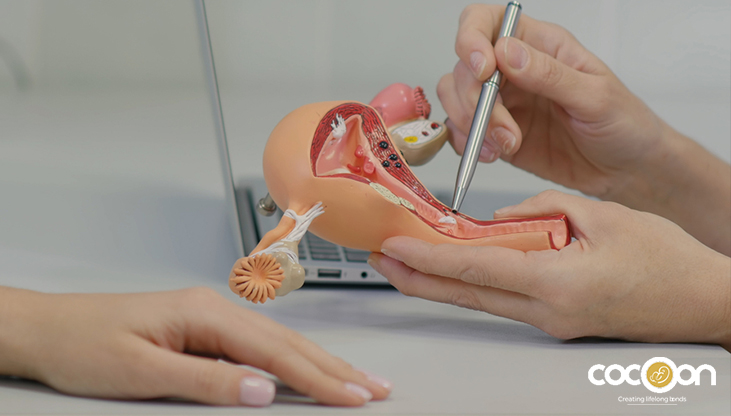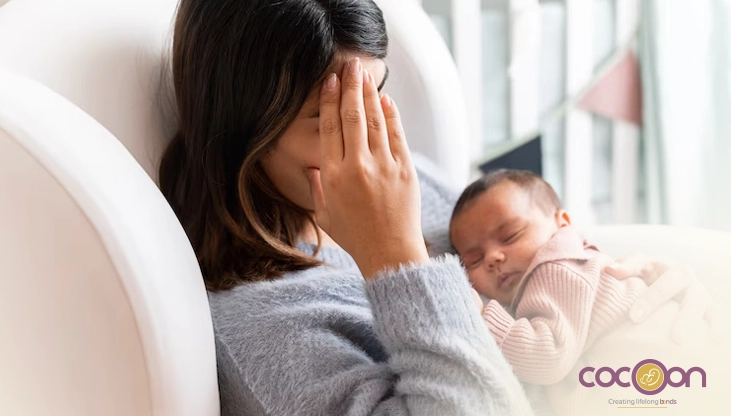Understanding your body's natural rhythm can be incredibly empowering, especially if you're trying to conceive or avoid pregnancy. A central part of the menstrual cycle is ovulation—the release of an egg from the ovary, ready for possible fertilization. But how can you tell if you're actually ovulating?
What Is Ovulation and Why Does It Matter?
Ovulation is the process where one of your ovaries releases an egg, typically occurring about 14 days before your next period. After it's released, the egg travels down the fallopian tube, where it can be fertilized by sperm. If fertilization doesn’t happen, the egg disintegrates, and your menstrual cycle continues with the start of your period.
Understanding when you're ovulating is useful whether you're attempting to become pregnant or avoid it. Monitoring ovulation symptoms can also help inform you of your menstrual well-being.
Why Should You Know When You’re Ovulating?
Recognizing signs of ovulation helps with:
- Fertility tracking (for conception or natural birth control)
- Understanding hormonal health
- Managing irregular periods
- Diagnosing reproductive issues
10 Signs of Ovulation
Let's look at the top 10 signs your body could be ovulating.
1. Change in Cervical Mucus
One of the most visible signs of ovulation is a shift in your vaginal discharge, or cervical mucus.
When you ovulate, your body releases more mucus that resembles raw egg whites in appearance and feel—translucent, wet, and stretchy. This consistency allows sperm to move more easily towards the egg. If you see this sort of discharge during the middle of your cycle, it's a sign that you're ovulating or are close to it.
To verify it, you can use a clean finger to test the mucus consistency. If it stretches between your fingers without tearing, it means you are in your fertile window.
2. Slight Increase in Basal Body Temperature (BBT)
Basal body temperature is your resting body temperature—usually taken in the morning. This temperature is slightly higher immediately after ovulation, typically by 0.5 to 1°F (or 0.3 to 0.6°C).
Although this symptom indicates that ovulation has already happened (not that it will happen), measuring your BBT on a daily basis helps you recognize your cycle patterns and forecast upcoming ovulation.
You’ll need a special BBT thermometer and a daily tracking routine for at least 2-3 months to notice trends.
3. Mild Cramping or Pain on One Side (Mittelschmerz)
Some women feel a dull or sharp pain on one side of their lower abdomen during ovulation. This is called mittelschmerz, which is German for "middle pain."
This pain at ovulation is due to the egg rupturing out of the follicle within the ovary. It lasts anything from a few minutes to a few hours. It is generally mild and nothing to worry about, but it is a helpful physical sign that ovulation is taking place.
If the pain is severe or lasts, see a doctor—it may be an indicator of another condition.
4. Increased Libido
Many women say they feel more sexually driven during ovulation. It's not coincidence—your body is using its natural mechanisms to promote reproduction.
This stronger libido can be caused by hormonal fluctuations, particularly the surge in luteinizing hormone (LH) and estrogen that happen just before ovulation.
5. Breast Tenderness or Sensitivity
A few women feel sensitive or sore breasts when they ovulate, just as they do just before their period. This is a result of hormonal shifts—particularly the increase in progesterone and estrogen.
Your breasts might feel heavier, fuller, or more sensitive to touch. This symptom typically appears after ovulation has taken place but can still be used as a cue in recognizing your monthly cycle.
6. Cervical Position Changes
This sign is less familiar but applied by most women who monitor fertility naturally. During ovulation, your cervix, which is the lower portion of the uterus, becomes softer, higher, more open.
At other times in your cycle, it tends to be lower, firmer, and more closed.
Cervical position checking requires some practice and cleanliness precautions. Always thoroughly wash your hands before attempting to feel your cervix, and repeat at the same time every day for consistency.
7. Heightened Senses
Believe it or not, many women experience keener senses at ovulation—particularly smell. Research shows that women are more sensitive to male pheromones at the time of ovulation, which is how the body boosts the draw during the fertile period.
Some women are also more sensitive to taste or even experience visual changes, although these are not felt by all.
8. Feeling More Energetic or Confident
If you're feeling more outgoing, energetic, or even social on some days in your cycle, you might be ovulating. Estrogen levels reach their peak a day before ovulation, and this increases energy, mood, and confidence.
Some women are more productive and alert at the time of ovulation, whereas others just might notice that their normal mood swings are missing.
9. Light Spotting or Discharge with a Tinge of Blood
Some women experience light spotting or a pinkish discharge at the time of ovulation. It's due to the follicle bursting and releasing the egg, which causes a minimal amount of bleeding.
This spotting is typically very light and transient—only a day or less. It appears in a different color and quantity compared to period blood. Although not all women will notice this, it's an old-fashioned ovulation symptom that can be easily missed.
10. Ovulation Test Kit Indicates Positive
Lastly, one of the most accurate methods of determining ovulation is with an ovulation predictor kit (OPK). The kits identify the luteinizing hormone (LH) surge 24–36 hours prior to ovulation.
You urinate on a test strip (a little like a pregnancy test), and if positive, ovulation should be imminent.
With OPKs together with monitoring physical signs (such as cervical mucus and BBT), you get a better idea of your ovulation cycles.
What If You’re Not Experiencing These Signs?
Not every woman will experience all 10 signs, and that’s okay. Some signs may be subtle or different each month. If you’re not seeing any signs at all or have irregular cycles, it might be due to:
- Stress
- Weight changes
- Polycystic ovary syndrome (PCOS)
- Thyroid issues
- Hormonal imbalance
- Birth control usage
If you are worried about not ovulating or finding it difficult to predict, speak with a gynecologist. A blood test or ultrasound can tell you if and when you are ovulating.
Conclusion
Your body is always communicating with you about your reproductive cycle. By knowing the symptoms of ovulation in women, you can gain more knowledge about your health, make better fertility choices, and feel more empowered about your body.
Each woman's cycle is unique. Some will experience several signs of ovulation, while some may only experience one or two. The most important thing to do is keep track of your cycle, pay attention to how your body is feeling, and consult a doctor if anything ever feels off or out of whack.
FAQ’s
Q. How long does ovulation last?
A: Ovulation itself only lasts around 12 to 24 hours, but your fertile time is usually around 5 days, as sperm can survive inside the body for a few days.
Q. Can you ovulate with no symptoms?
A: Yes. Certain women ovulate without symptoms. Under such circumstances, taking OPKs or monitoring BBT can be of more use.
Q. Can ovulation give you bloating or headaches?
A: Yes. The hormonal shift during ovulation might lead to bloating, minor headaches, or even mood swings in a few women.
Q. Is ovulation the same every month?
A: Not always. Ovulation may be a few days different from one month to another depending on stress, health, sleep, and other conditions.




